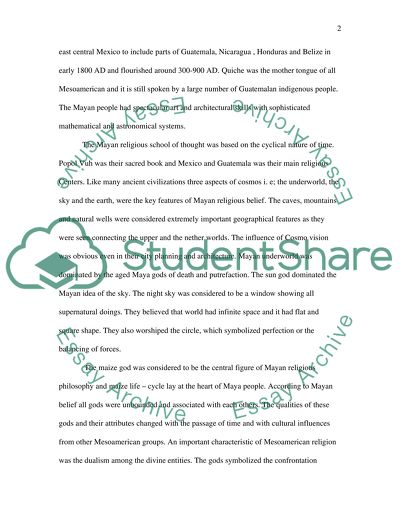Cite this document
(“Latin American civilizations Essay Example | Topics and Well Written Essays - 2750 words”, n.d.)
Latin American civilizations Essay Example | Topics and Well Written Essays - 2750 words. Retrieved from https://studentshare.org/religion-and-theology/1513089-latin-american-civilizations
Latin American civilizations Essay Example | Topics and Well Written Essays - 2750 words. Retrieved from https://studentshare.org/religion-and-theology/1513089-latin-american-civilizations
(Latin American Civilizations Essay Example | Topics and Well Written Essays - 2750 Words)
Latin American Civilizations Essay Example | Topics and Well Written Essays - 2750 Words. https://studentshare.org/religion-and-theology/1513089-latin-american-civilizations.
Latin American Civilizations Essay Example | Topics and Well Written Essays - 2750 Words. https://studentshare.org/religion-and-theology/1513089-latin-american-civilizations.
“Latin American Civilizations Essay Example | Topics and Well Written Essays - 2750 Words”, n.d. https://studentshare.org/religion-and-theology/1513089-latin-american-civilizations.


